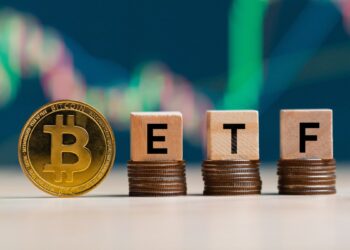Speaking in a recent webinar, the solar energy investment fund’s chairman, Warren Murphy, said with the majority of coal-fired power plants in NSW and Victoria becoming obsolete in the next few years, it was likely that a greater percentage of Australia’s energy grid would be sourced from renewable power, despite uncertainty around government support of the industry.
“If you look at the amount of retirement of coal-fired power station, it does change state by state. Queensland has very new coal-fired power stations relative to Victoria and NSW, and very publicly AGL is talking about closing down the Liddell Power Station in 2023 in NSW,” Mr Murphy said.
“So, you can see that there is going to be quite a lot of power stations that have to be closed down over the next 10 years. I honestly believe things are going to happen more quickly than a lot of commentators say; you are looking at the next decade where [renewables become dominant].”
Mr Murphy said corporations were already “voting with their feet” in terms of sourcing their own renewable power sources to reduce business costs, given solar energy was already significantly cheaper than coal- or gas-fired power.
“We have seen Telstra going out there and contracting with wind and solar farms, and globally Amazon, Google and these kind of corporations are doing it because it is cheaper and in their own cases it suits their corporate needs,” he said.
“Renewables are the cheapest form of energy and the corporations see that, so there’s no question that renewables are going to be installed.”
With the advent of solar power as a key form of energy generation for Australia in the next 10 years, Mr Murphy said small-scale solar projects in particular could provide reliable income for SMSF investors in similar ways to other infrastructure assets such as airports and toll roads.
“We believe that it’s a yield product and we therefore want certainty of revenue. Smaller projects are easier to do that because we don’t have so much exposure to the general market and it has less impact in terms of losses,” he said.
“There’s been some very public announcements of projects recently that have lost more than 10 per cent of revenue by locating a long way away from where loads are in very remote locations and having a number of projects compete for that location at once, so sizing these projects appropriately and in the right location is a key part of the risk management.”


